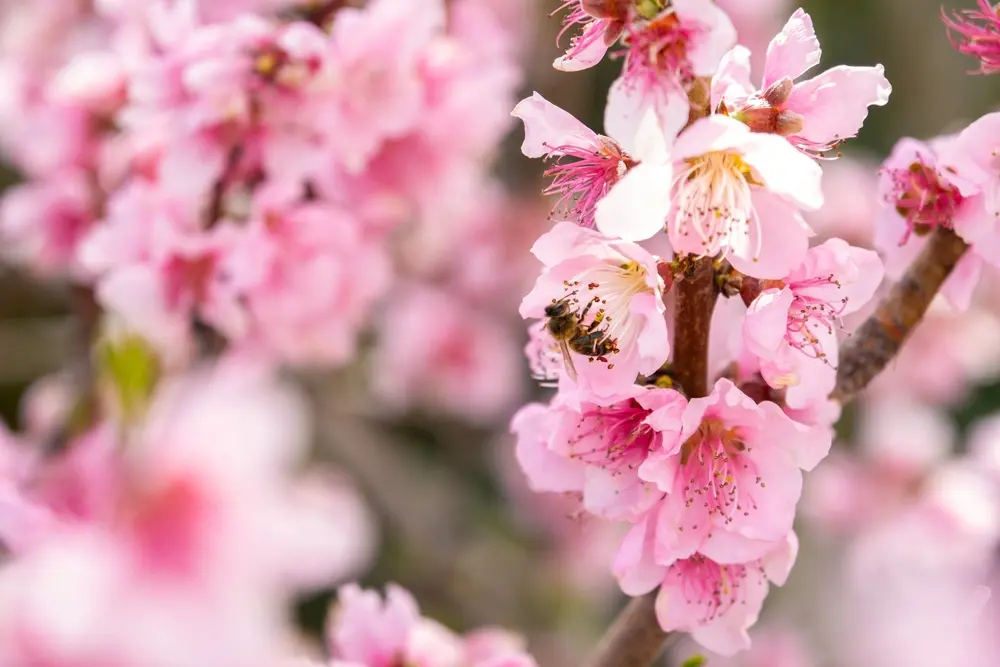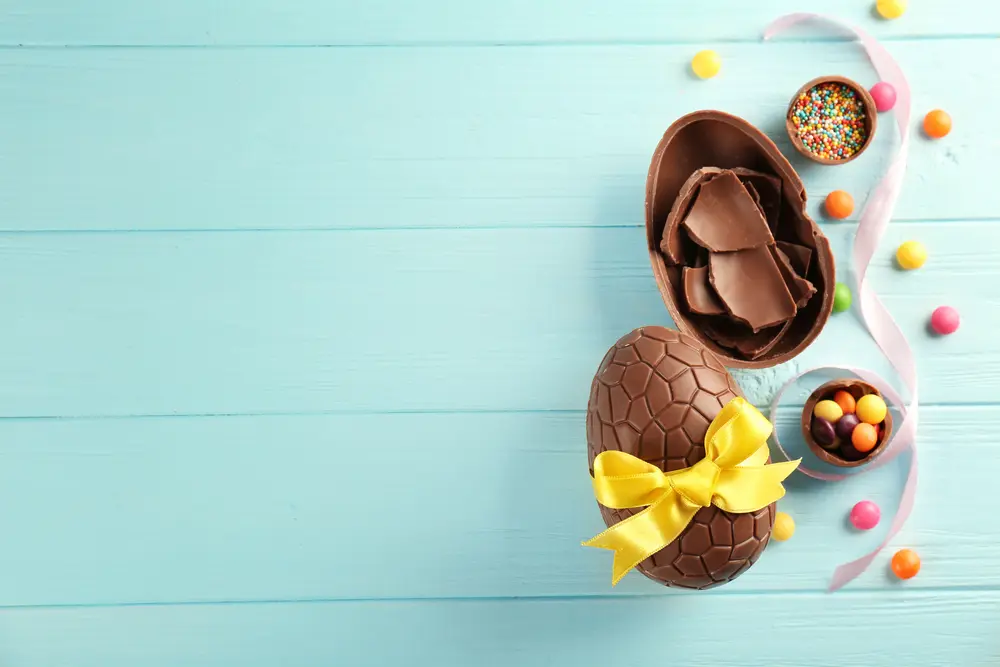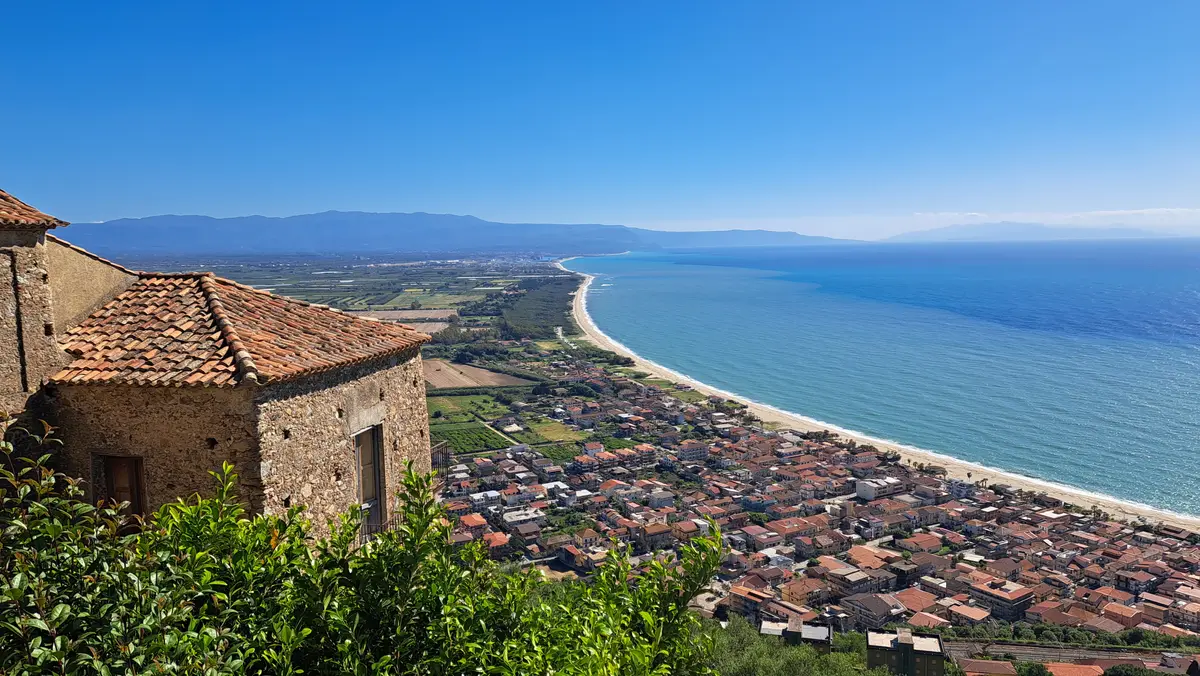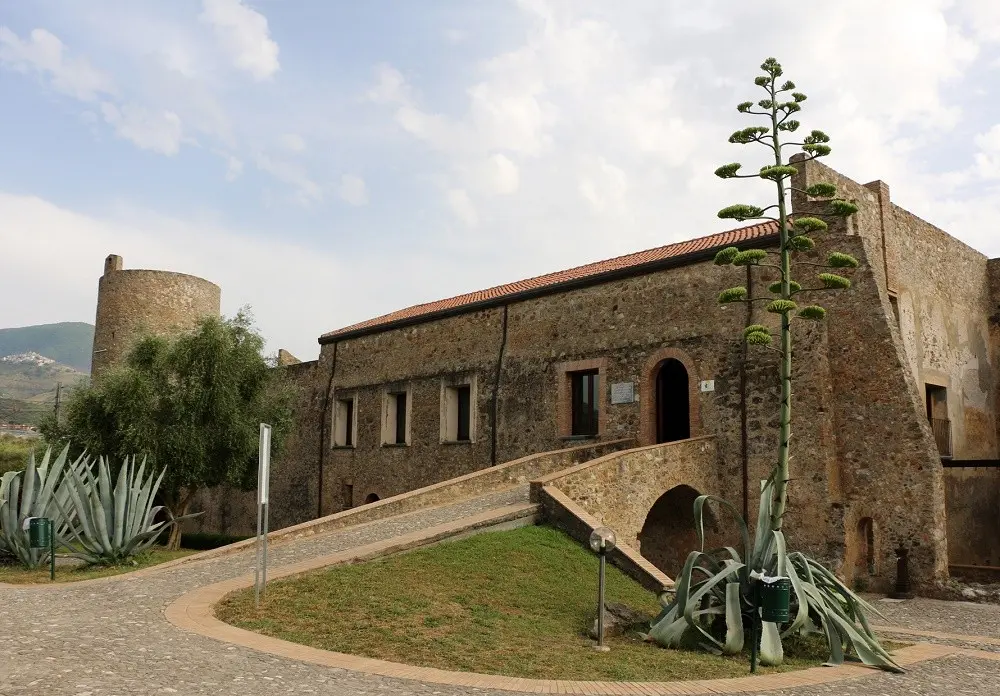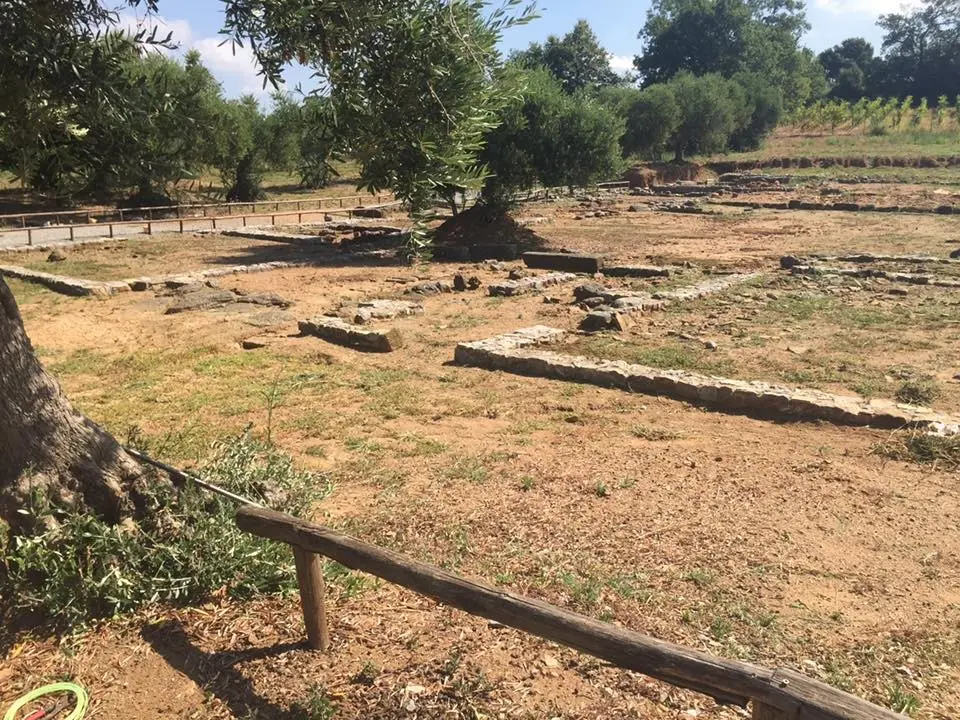Discovering the Citron of Calabria PDO
Come discover the Green Gold of Calabria on a journey through Jewish culture, fragrances and flavours on the Riviera dei Cedri

Food and wine
Museo del Cedro, Santa Maria del Cedro - Ilaria Cinelli
Among the excellences of Calabrian agri-food, the Citron of Calabria PDO represents a unique fruit, an expression of a fragrant, sunset-kissed coastline that takes its name from this native citrus fruit: Riviera dei Cedri.
The origins of the Citron of Calabria, in its variety "Cedro Liscio di Diamante", are very ancient: a rare and renowned fruit, which for its characteristics is at the centre of a special Jewish ritual.
Let us discover together all the secrets of the Citron of Calabria, its uses, ritual significance and the splendid territory of origin, in the province of Cosenza.
The citron, the Green Gold of Calabria
Also known as ‘Green Gold’ for its appearance and preciousness, the Citron of Calabria is one of the region's most distinctive PDO citrus fruits. The Protected Designation of Origin ‘Citron of Santa Maria del Cedro’ explicitly refers to the production area, which, starting from the municipality of Santa Maria del Cedro, stretches along the coast of the Upper Tyrrhenian Sea in the province of Cosenza, not coincidentally known as Riviera dei Cedri.
What is so special about the Citron of Calabria? It is distinguished by its oval shape, its smooth deep green skin and its sour flavour, which does not make it edible in its natural state but only after confectionery processing that transforms it into delicious candied fruits, jams, candies, syrups (such as the ever-popular cedrata) and liqueurs. Its essence is also used in the cosmetics industry.
The best place to discover the characteristics of the Citron of Calabria, the production and processing chain, as well as its history and its special connection to Jewish culture, is the Citron Museum in Santa Maria del Cedro. An exhibition route that links memory and contemporaneity through didactic panels and multimedia stations linked to a GIS platform. The museum also includes an Artistic Route, located in the historic centre of the town, and an Archaeological Route, which leads directly to the Archaeological Park of Laos, an ancient colony of Magna Graecia.
For those who wish to learn more about the Calabrian Citron, we recommend reading the dossier entitled "The Calabrian Cedar: history, symbolism and identity", edited by Gianbattista Sollazzo with the support of ARSAC. This work is intended as a tool for research, dissemination and cultural protection.
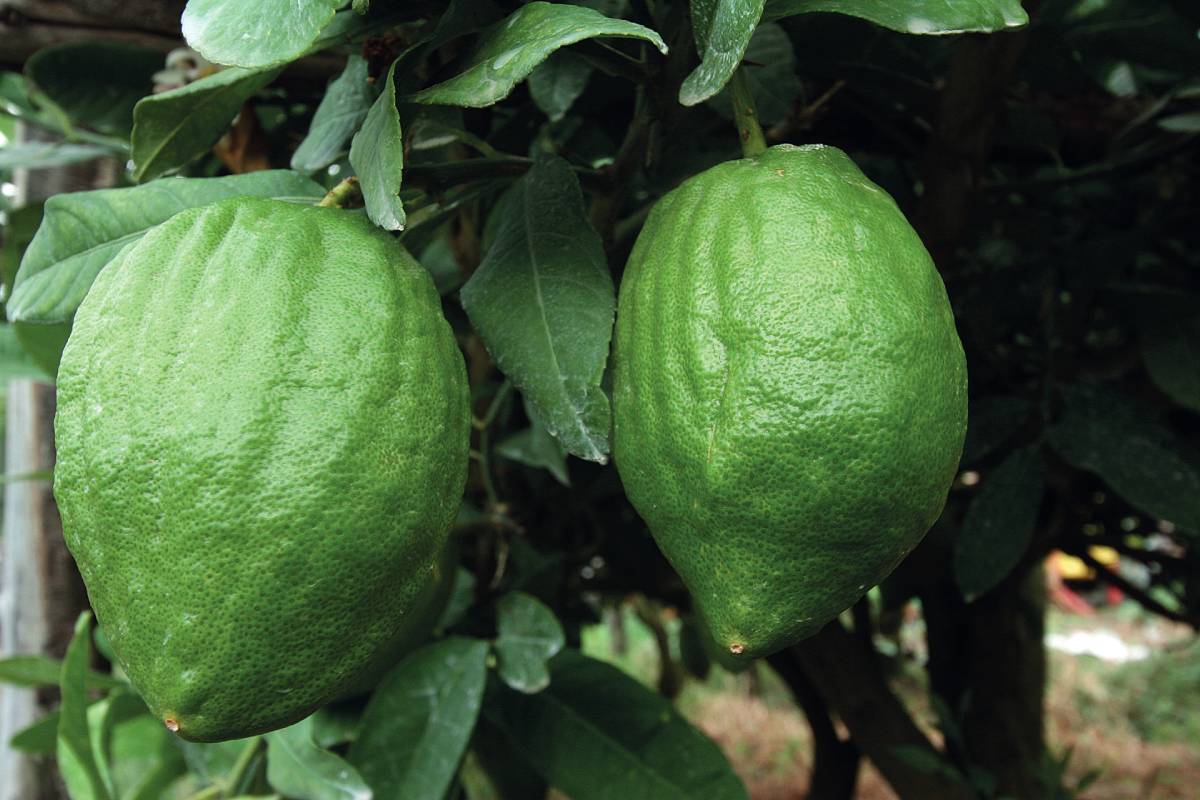
The citron and the Jewish culture
As we said, the cultivation of the Citron of Calabria has its roots in antiquity (3rd-2nd century B.C.) when, according to some scholars, it reached the Tyrrhenian coast of the Riviera dei Cedri together with the first Jewish communities that planted it.
The link between the Citron of Calabria, Jews and rituals of Semitic origin flows into the traditional Sukkot ("Feast of the Huts") ceremony in mid-October, when chief rabbis from all over the world come to Santa Maria del Cedro to gather the precious Perì 'etz hadar (the exact variety of cedar mentioned in the Bible) and use it for the construction of the huts that evoke the crossing of the desert.
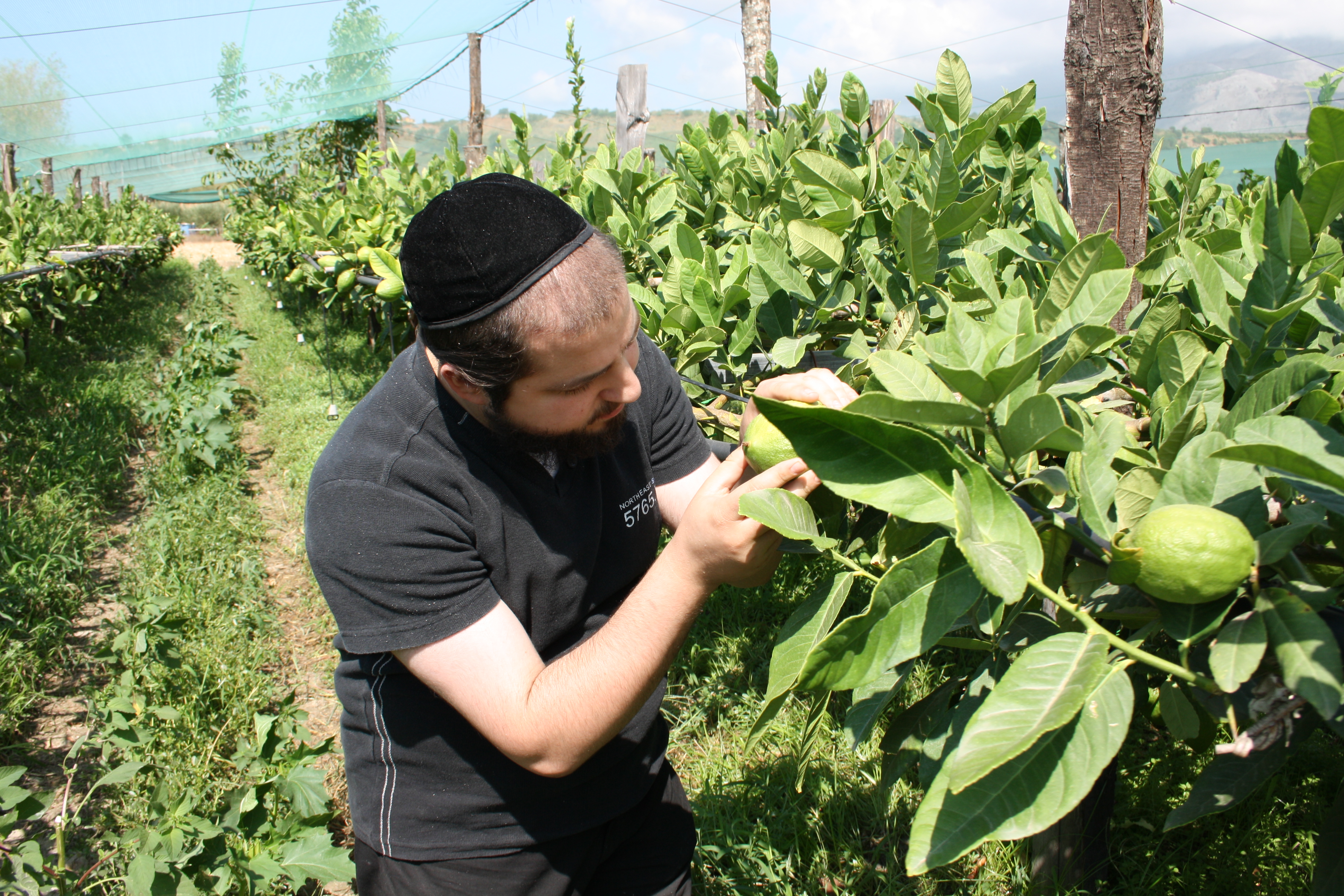
Tour of the Riviera dei Cedri
In addition to the prized citrus fruit from which it takes its name, the "Riviera dei Cedri" Regional Marine Park is renowned for its beaches, its seabed rich in flora and fauna and the possibility of sailing to the only two small islands in Calabria: Dino Island (Municipality of Praia a Mare) and Cirella Island (Municipality of Diamante). The Riviera dei Cedri is also one of the most beautiful places in Calabria to admire romantic sunsets while sipping an aperitif on the beach.
The perfect tour of the coast? Here are the recommended stops, in addition to Santa Maria del Cedro:
- Praia a Mare, with a boat excursion to Dino Island and the possibility of paragliding;
- San Nicola Arcella, with a visit to the Arcomagno Beach and Crawford Tower;
- Scalea, its historical centre and Talao Tower;
- Diamante, the "City of Mural and Chilli Pepper";
- Belvedere Marittimo, the ‘’Village of the Lovers‘’ with the Aragonese Castle and the Capuchin Convent.
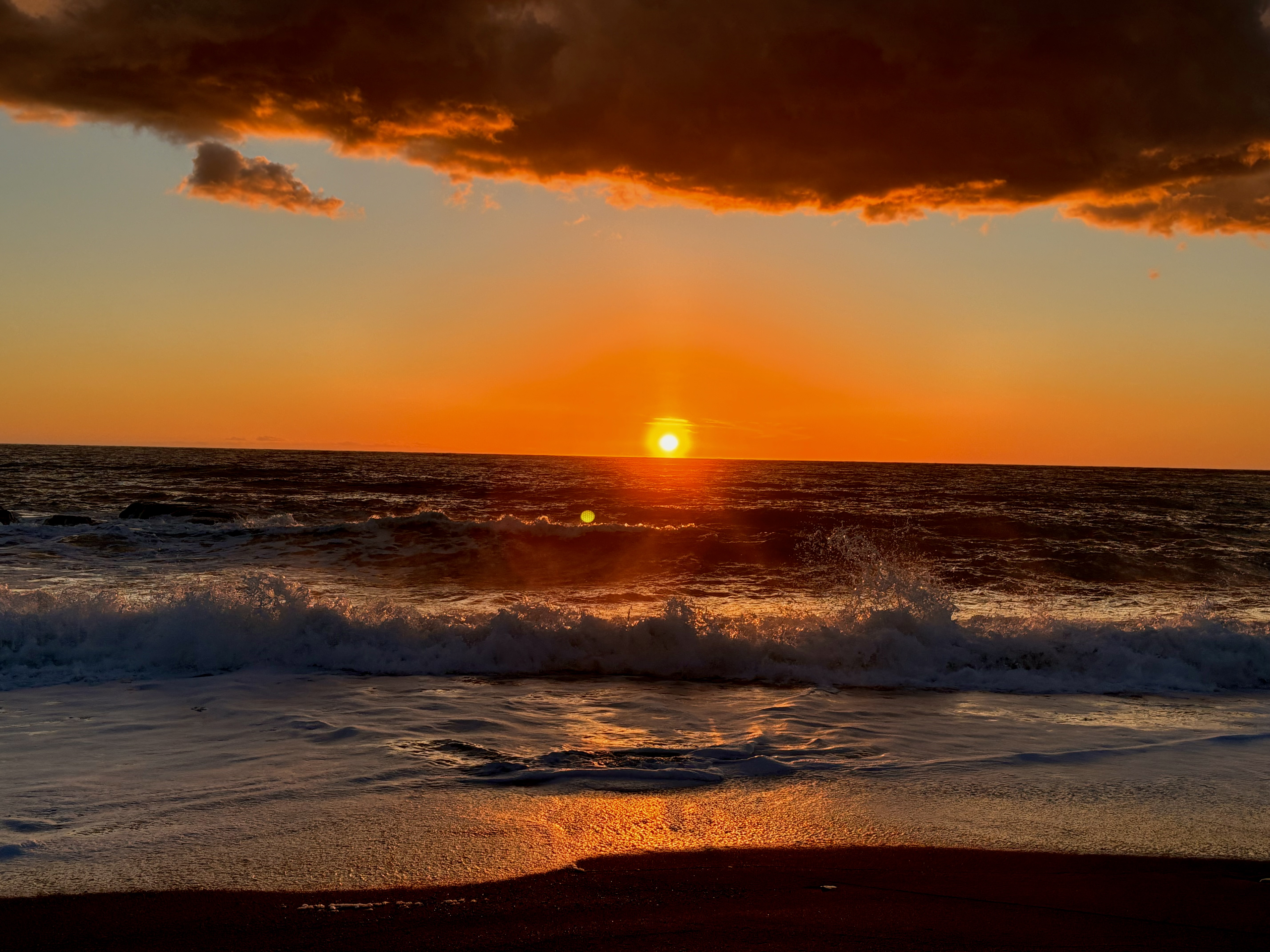
https://calabriastraordinaria.it/en/news/discovering-the-cedar-of-calabria-pdo
